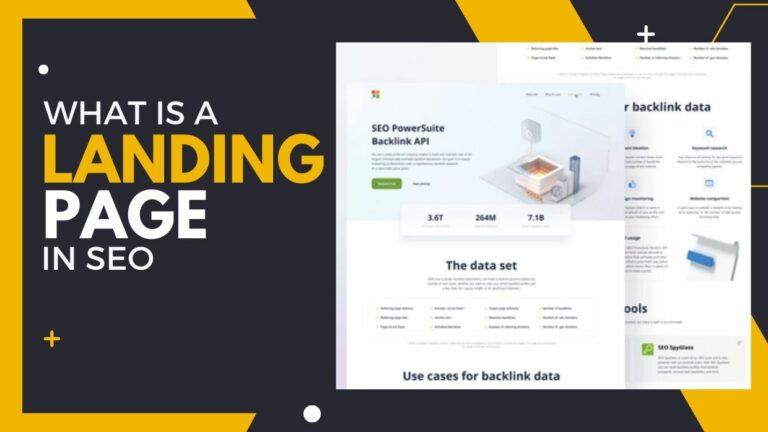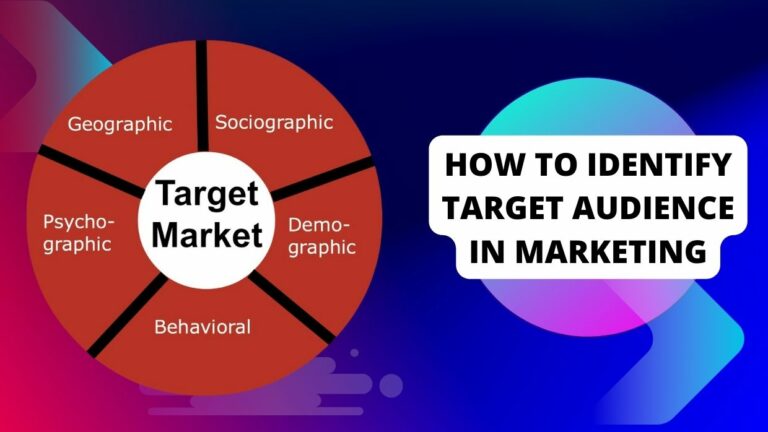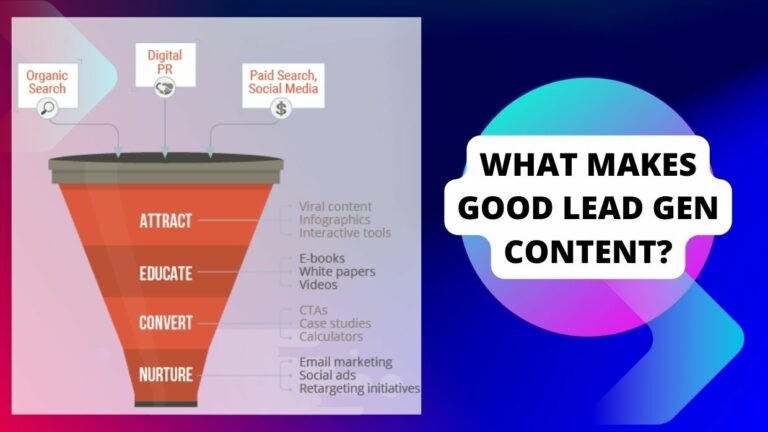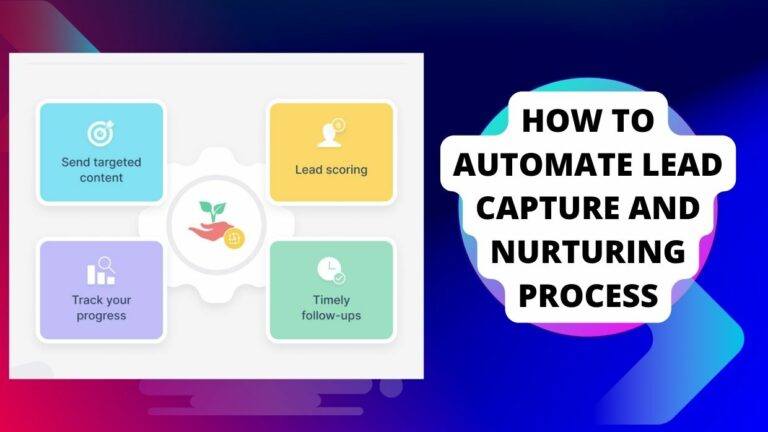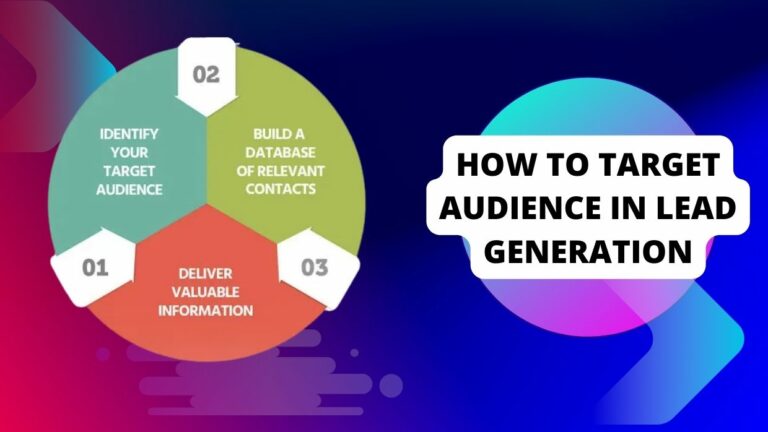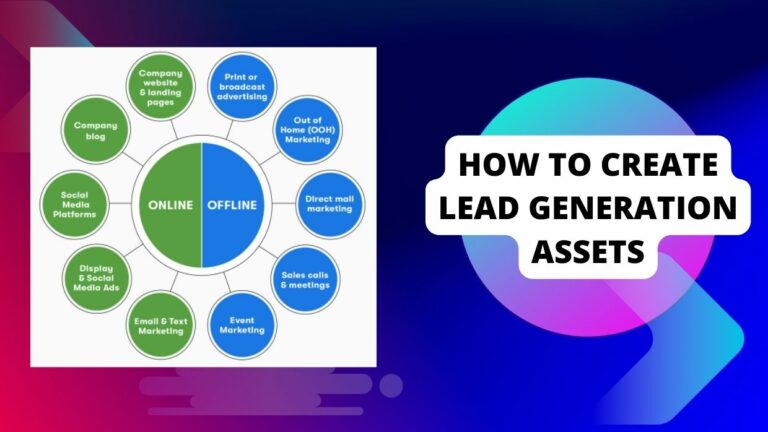Exploring The Different Types Of Leads To Take Your Business Forward
Knowing the right type of lead to target can be the key to success for any business. But with such a wide array of leads out there, it can be difficult for businesses to determine which ones will be most effective. In this article, we explore the different types of leads that are available and how you can use them to take your business forward.
What are Leads?
A lead is a potential customer who has shown interest in your product or service in some way, shape, or form. Leads come in all shapes and sizes, but the one common denominator is that they’re not yet ready to buy. The goal of marketing is to turn leads into customers, and the job of sales is to close the deal.
There are many different types of leads, each with its own unique set of characteristics. In this article, we’ll explore the different types of leads so you can better understand how to market to them and close the sale.
What Is Lead Generation? A Guide To Generating Quality Leads For Your Business
Different Types of Leads

Different types of leads can be generated in a number of ways, each with its own advantages and disadvantages. Here are some of the most common types of leads:
Inbound Leads
There are various types of inbound leads that businesses can target, each with their own unique advantages. By understanding the different types of inbound leads, businesses can more effectively target their marketing efforts to generate the most qualified leads possible.
Here are some of the most common types of inbound leads:
- Sales Navigator Leads
Sales Navigator Leads are a type of lead that is specifically targeted by salespeople. These leads have been identified as being particularly likely to convert into customers or clients, based on specific criteria such as job title, location, or company size.
- Webinar Leads
Webinar leads are generated when someone registers for a webinar that your business is hosting. This type of lead is usually already interested in your product or service, and so is more likely to convert into a paying customer than other leads.
- eBook Leads
eBook leads come from people who have downloaded an eBook that your business has published. These readers are usually interested in the topic of the eBook and so make good prospects for your business.
- Free Trial Leads
Free trial leads are generated when someone signs up for a free trial of your product or service. As they have already shown an interest in what you have to offer, these leads can be extremely valuable and should be followed up on quickly.
Outbound Leads
There are many different types of leads that businesses can focus on in order to take their business forward. Outbound leads are one type of lead that can be very beneficial for businesses. Outbound leads are generated when a business reaches out to potential customers who may be interested in its products or services. This can be done through a variety of methods such as cold-calling, direct mail, or email marketing.
Outbound leads can be a great way to reach new customers and grow your business. However, it is important to remember that not all outbound leads will be interested in what you have to offer. It is important to qualify your leads before contacting them so that you are only reaching out to those who are likely to be interested in your products or services.
Referral Leads
There are many different types of leads that businesses can use to take their business forward. One type of lead is referral leads. Referral leads come from referrals, which are people who have been given your information by someone else and have decided to contact you themselves.
Referral leads can be a great way to get new business, as they are usually high-quality leads who have been referred to you by someone who knows and trusts you. However, referral leads can also be difficult to obtain, as you need to first build up a network of trust and relationships in order for people to refer you.
If you want to generate referral leads, start by providing excellent service and building strong relationships with your customers and clients. Once you have established a good reputation, you can start asking for referrals from those who are happy with your work. You can also offer incentives for referrals, such as discounts or freebies.
Organic leads
Organic leads are the leads that you generate yourself through your own marketing and sales efforts. These are the people who are interested in what you have to offer and who you have specifically targeted with your marketing.
The main advantage of organic lead generation is that you have full control over the process. You can determine exactly who you want to target, and then craft your message and offer accordingly. This allows you to create a very targeted marketing campaign that is more likely to result in conversions.
Another advantage of organic lead generation is that it is usually less expensive than other methods, such as purchasing leads from a third-party provider. Additionally, organic lead generation often results in higher-quality leads, as they are specifically interested in what you have to offer.
If you’re looking to take your business forward with quality leads, organic lead generation is a great option to consider.
Affiliate Leads
If you are looking for a way to take your business to the next level, then you may want to consider affiliate leads. These are leads that come from other businesses or individuals that have an interest in your products or services. By partnering with another business or individual, you can gain access to new customers and grow your business.
There are a few things to keep in mind when pursuing affiliate leads. First, you need to make sure that the partner you choose is reputable and has a good track record. You don’t want to partner with someone who is known for shady practices or poor customer service.
Second, you need to make sure that there is a mutual benefit for both parties involved. The partnership should help both businesses grow and reach new customers. Finally, you need to make sure that the terms of the agreement are fair and clear. Both parties should know what is expected of them and there should be no surprises down the road.
By following these tips, you can find successful affiliate partnerships that will help take your business to the next level.
Cold leads
Cold leads are potential customers who have had no prior contact with your business. They may be unaware of your product or service, or they may be interested but not yet ready to buy.
To generate cold leads, businesses typically use marketing techniques like advertising, trade shows, and direct mail. The goal is to attract attention and interest from people who would otherwise be unaware of your company.
Cold leads can be a challenge to convert into customers, but it’s important to remember that every customer starts out as a cold lead. By nurturing these relationships and providing valuable information, you can turn a cold lead into a lifelong customer.
Hot leads
A hot lead is the most important type of lead for any business. These are the leads that are most likely to convert into customers and can be contacted immediately.
There are a few things that make a lead hot:
- They have expressed interest in your product or service
- They are ready to buy
- They have the budget to buy
- They have a sense of urgency
- They are located in your target market
- They are the decision maker
Pros and Cons of Different Types of Lead Generation Strategies
There are many different types of lead generation strategies out there, each with its own set of pros and cons. It can be tough to decide which strategy is right for your business, but understanding the pros and cons of each can help you make an informed decision.
One popular lead-generation strategy is email marketing. Email marketing allows you to reach a large audience with your message and can be very cost-effective. However, it can be difficult to stand out in someone’s inbox, and you may not get the results you want if your email list is not well-targeted.
Another common lead generation strategy is search engine optimization (SEO). SEO can be a great way to attract leads who are already interested in what you have to offer. However, it can take time and effort to improve your ranking in search engines, and there is no guarantee that you will ever rank first for your chosen keywords.
Paid advertising is another option for generating leads. With paid advertising, you can reach a wide audience very quickly. However, it can be expensive, and there is no guarantee that people will click on your ad or even see it.
Finally, word-of-mouth marketing is a tried-and-true method for generating leads. It involves simply telling people about your product or service and asking them to spread the word. While this method takes time to generate results, it can be very effective if done correctly.
No matter which leads generation strategy you choose, it is important to understand the pros and cons of each. This will help you make an informed decision about which strategy is best for your business.
Steps to Take to Maximize Your Lead Generation Efforts
There are a number of steps you can take to maximize your lead generation efforts. First, you need to identify your target audience and understand their needs. Once you know who your target audience is, you can create content that resonates with them and helps you build trust and credibility.
Next, you need to make sure your website is optimized for lead generation. Your website should be easy to navigate and include calls to action that encourage visitors to sign up for your email list or contact you for more information.
Finally, you need to promote your content through social media, email marketing, and other channels. By getting your content in front of as many people as possible, you’ll increase the chances that someone will take action and become a lead.
Also read about… Generating Leads: The 5 Best Strategies For Reaching Your Target Audience
Conclusion
I hope this article has helped you to understand the different types of leads and how they can be used to take your business forward. From traditional methods such as cold calling and direct mail to more modern methods such as online marketing and social media leads, there are a variety of ways in which companies can acquire quality leads.
It is important that businesses assess their current situation and develop a lead-generation strategy that will work best for them. With the right approach, converting leads into customers should become easier over time.


